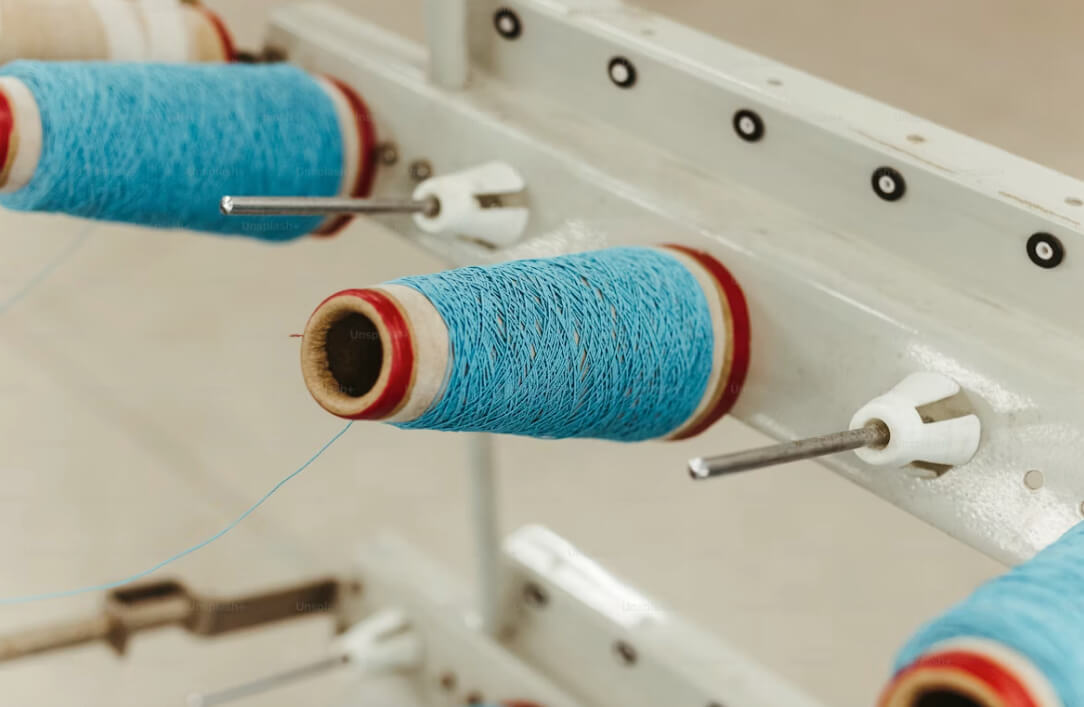Knitting machines are amazing tools, but like any machine, they need regular care to work their best. One of the most important parts to maintain is the needles. Clean needles help your machine knit smoothly, prevent dropped stitches, and extend its life.
In this guide, you’ll learn an easy, step-by-step way to clean knitting machine needles.
Why Cleaning Needles Is Important
Every time you knit, tiny fibers, dust, and bits of yarn wax build up on your needles. Over time, this dirt can cause:
- Snags in your fabric
- Dropped stitches
- A stiff or noisy carriage
- Uneven tension in your knitting
By cleaning your needles regularly, you’ll keep your knitting projects looking great and your machine running like new.
What You’ll Need
Before you start, gather these supplies:
- Surgical spirit (rubbing alcohol)
- A large jar with a screw-on lid (for soaking needles)
- Soft cloths (old t-shirts work well)
- A small brush (a machine brush or ½-inch paintbrush)
- Knitting machine oil
- Gloves or an apron (optional, for a tidy workspace)
Also Read: How to Use a Flat Bed Knitting Machine: A Beginner’s Guide
Step 1: Remove the Needles
Carefully take the needles out of your knitting machine. Check your machine’s instruction manual for the correct way to do this so you don’t damage the needle bed.
Step 2: Soak the Needles
- Place the needles in your jar.
- Fill the jar with surgical spirit until the needles are fully covered.
- Screw on the lid and let them soak for a while—this loosens dirt and grime.
Step 3: Wipe and Brush Clean
After soaking:
- Take each needle out and wipe it with your cloth.
- Use your small brush to scrub away any stubborn spots.
- Be gentle so you don’t bend the needle.
Step 4: Dry and Oil
- Lay the needles on a clean towel or paper towel to dry completely.
- Once dry, place them back into the needle bed.
- Add a drop of knitting machine oil to keep the carriage moving smoothly.
- For best results, oil your machine after every project.
Step 5: Inspect and Replace Damaged Needles
While cleaning, check each needle for damage:
- Look for bends, chips, or broken latch hooks.
- Replace damaged needles right away. Even one bad needle can ruin your stitches.
- If you don’t have spares, you can temporarily swap a needle from the unused end of the bed until you replace it.
Also Read: 7 Amazing Products You Can Make with a Knitting Machine
How Often Should You Clean?
- After every large project for best results.
- At least once a year for general maintenance.
- Sooner if you notice the carriage feeling stiff or your knitting looking uneven.
Final Tips
- Keep a small “needle care kit” handy so cleaning is quick and easy.
- Store your machine covered to protect it from dust.
- If cleaning doesn’t solve a problem, it may be time for a professional service.
Regular needle care is one of the easiest ways to keep your knitting machine happy, your stitches neat, and your projects frustration-free.
Request a Free Consultation Today
Contact us today to get expert assistance, machine demos, or a custom quote. We’re here to help you boost your output and product quality with the best-in-class Bharat knitting machines.


